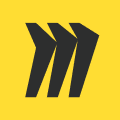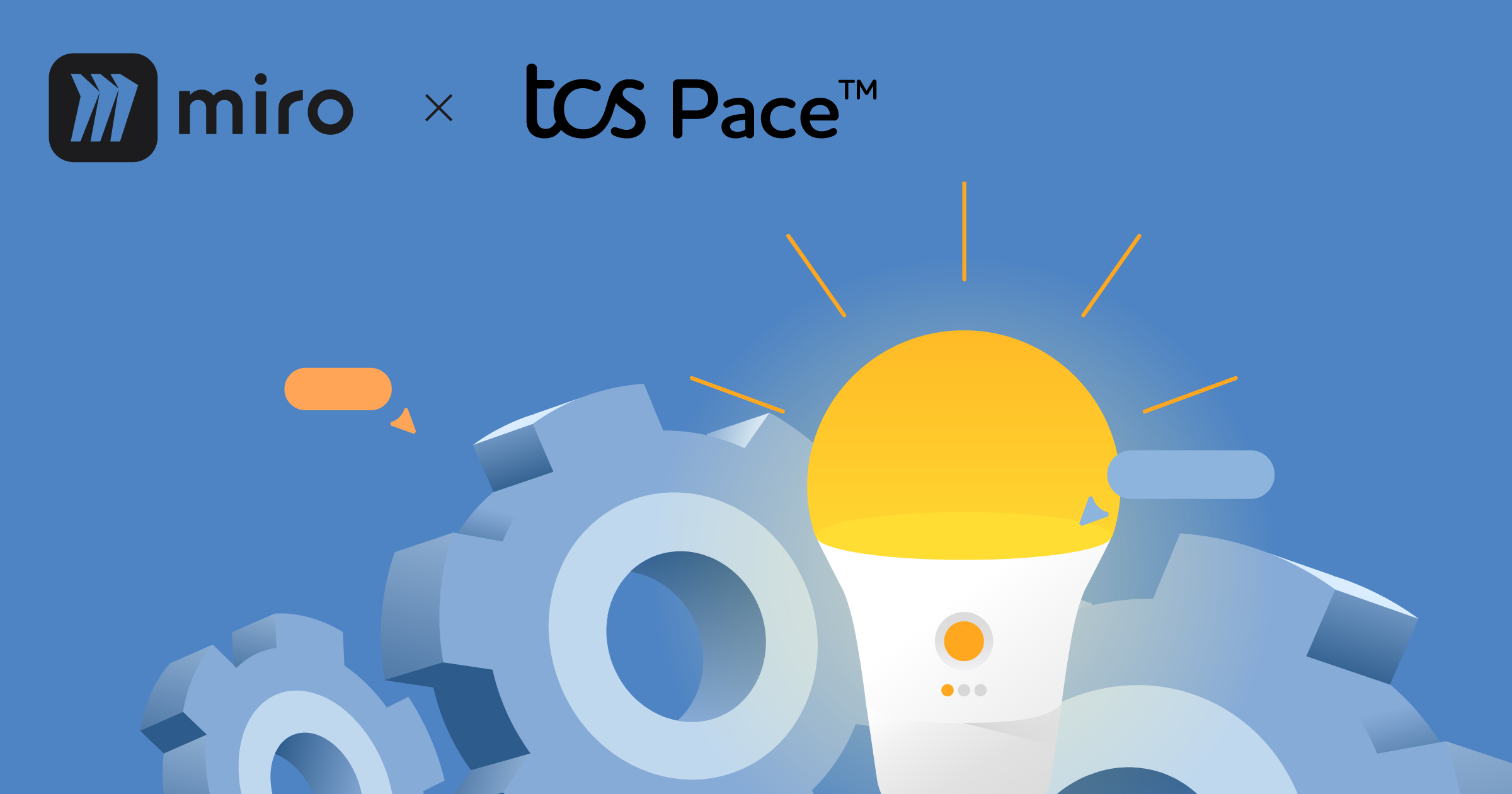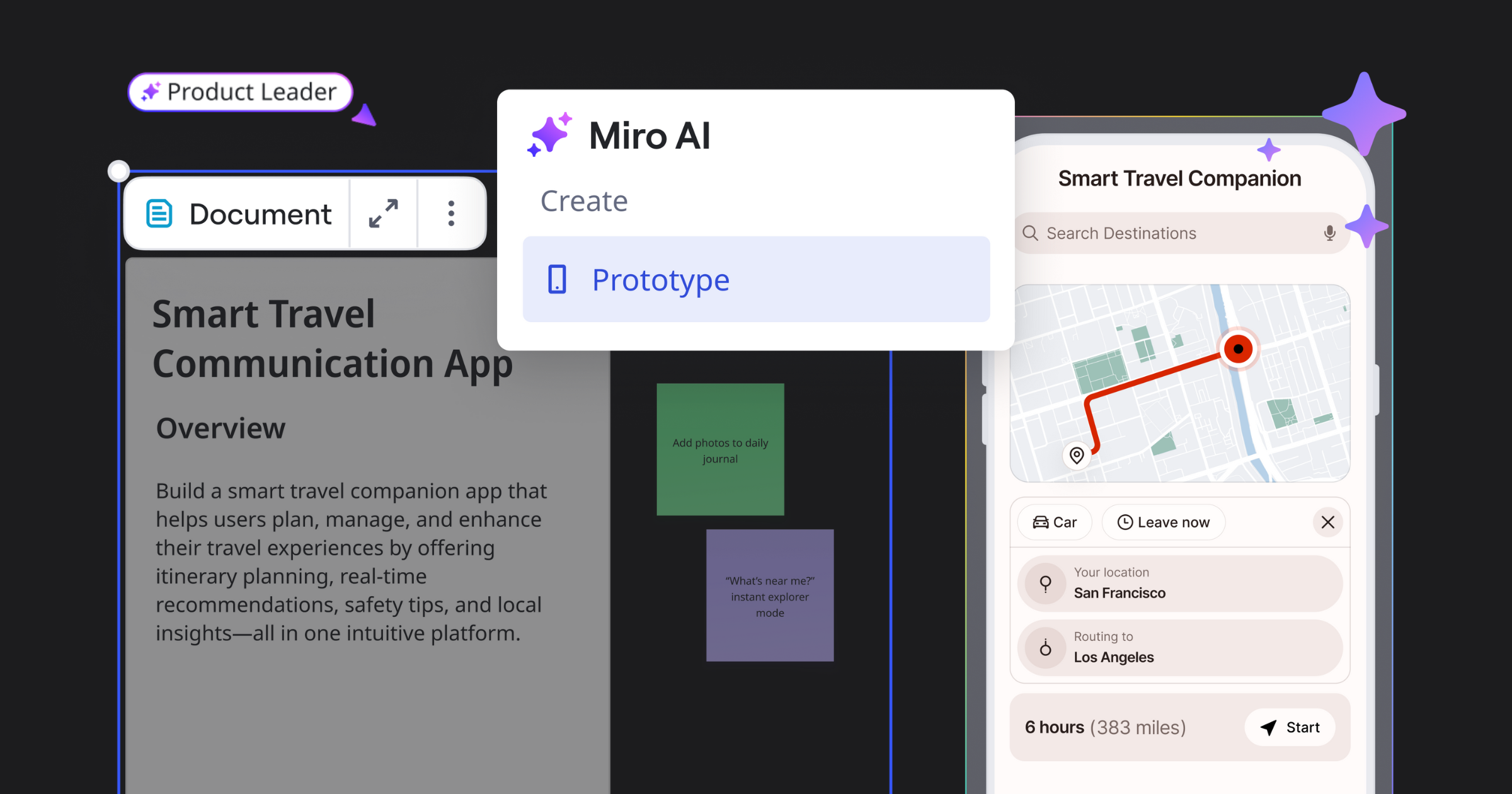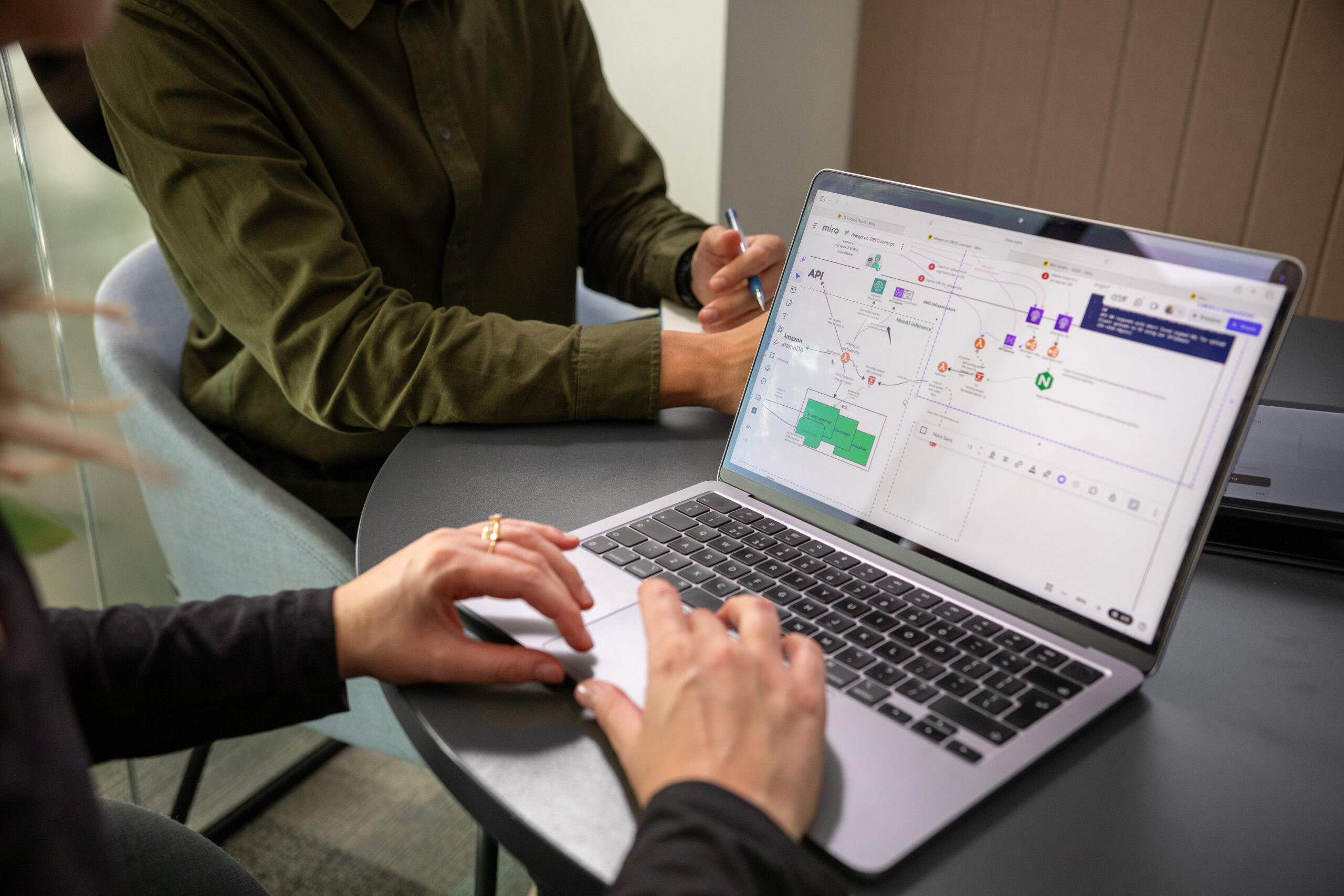As companies are trying to become more customer centric in a competitive market, their leadership becomes more open to change. Many leading companies are abandoning traditional modes of work for a more collaborative and design-centric culture. Dell — a leading computer technology company with 145,000 employees around the world — understands the value of design thinking and implements it across different teams. We sat down with several Dell employees to learn how they redesigned their processes, and how they integrated Miro into their workflow to reach more transparency.
Adopting design thinking at Dell
Dell is a huge global computer hardware and IT services company with over 145,000 employees at offices everywhere from Atlanta to Zurich. Ever since the first Dell PC was launched in 1986, Dell has shaped the industry with developments in home, small business, and enterprise computing. Research and development have always been critical to Dell’s innovation, but the company is currently evolving its approach to product development by adopting design thinking concepts.
Jason Dziak is based in Austin, Texas, where he’s the Group Experience Director for the Dell Digital and IT group of about 35 designers and project managers, and leads the experience design for all digital products. Jason shares that Dell’s size can sometimes be an impediment: “The larger we get, the more difficult it is to move fast.” Yet there’s increasing pressure from the market to move quickly: “There are many competitors that can move very fast because they are much smaller companies than Dell. Our customers expect us to deliver frictionless great experiences that respond to their needs and to new technology.”
In order to meet customer expectations and stay ahead of the curve, Dell is shifting to a design thinking approach, transforming from a standard enterprise UX team into a product design team that integrates designers, engineers, and product owners.
Evan Daugherty is a Principal Product Designer on one of these teams, which has a 1-1-6 structure with one project manager, one product designer, and six engineers. Evan’s role involves conducting user interviews, gaining insights from those discussions and making iterative design choices based on these discoveries. While Dell is striving to have these teams co-located, it’s not always possible due to travel, people working from home, and the lack of physical space in the office.
“We expect our designers to take more responsibility in the discovery and framing process, rather than receiving requirements from a product owner to work off of,” says Jason Dziak, Group Experience Director, Dell.
PROFILE – Dell is an American multinational computer technology company that sells personal computers (PCs), servers, data storage devices, network switches, software, computer peripherals, HDTVs, cameras, printers, MP3 players, and electronics built by other manufacturers.
Headquarters:
Round Rock, Texas, United States
Number of employees: 145,000
Industry:
Computer hardware, IT services
Key stages of design thinking
Empathize
The work that’s done to understand people within the context of your design challenge. Involves observing, interviewing, watching, and listening.
Define
Bringing clarity and focus to the design space. Involves crafting a meaningful and actionable problem statement.
Ideate
Generating ideas for your solutions. Involves combining rational thoughts with imagination.
Prototype
Creating artifacts that users can interact with. Encourages role-play with a physical environment.
Test
Soliciting feedback from users by creating scenarios that mimic realistic situations.
Source: Stanford d.school
Whiteboarding for distributed teams
Design thinking involves research, both when you’re initially defining a problem as well as when you have a prototype that you’d like to test, so Jason’s team needs a way to collect all the insights from the research they conduct. “We’re trying to make sure that we’re ahead on a lot of those deep business and customer problems by facilitating research and then synthesizing discovered data until we have tangible and easy to understand learnings to address,” explains Jason.
Whiteboarding is a critical part of the design thinking process that helps with capturing information that’s gathered during interviews, synthesizing it, and having a visual document to refer back to. And whiteboarding is especially useful when it comes to gathering and organizing insights from customer interviews, as Evan explains: “When we’re co-located and conducting a customer or stakeholder interview, we all take manual notes on Post-it notes. Afterward, we gather our notes and synthesize them to identify true meaning and common themes.”
However, it’s not always possible to have all participants in the same physical space—even when they work in the same office. Evan shares that “we don’t always have a dedicated room for each project. We have to be nimble and move around a lot.”
Miro allows Dell’s distributed teams to engage in whiteboarding seamlessly across different offices. “We have many situations when we don’t have every team member in the same room. We needed to find a way to do whiteboarding that allows everybody to collaborate regardless of location. With this platform, we can take what’s happening on whiteboards in physical space and replicate that in web browsers so that everybody can see it and talk about it,” says Jason.
Evan adds that the notes capture feature makes it easy to “take pictures of a Post-it note in physical space, upload it into Miro, and arrange it exactly how it was on the wall.” Beyond creating an accurate representation of the physical whiteboard, this process allows them to “go back and do the insights synthesis on the Miro later,” says Evan. This means they don’t need to worry about whether the physical Post-it notes have stayed up on the wall—they can continue to add and take away from the digital whiteboard in Miro where all stakeholders can see the changes.
Miro use cases
- Interactive whiteboarding for distributed teams
- Mapping out work for the year and keeping track of progress
- Collaborating on design projects and ideation
- Wireframing and high-level user stories
- Presenting to stakeholders/customers
Managing roadmaps and tracking progress
In an organization that’s as large and complex as Dell, it’s not surprising that it can be difficult for stakeholders to keep track of project roadmaps and progress. Miro makes it easy for anyone to understand at a glance what’s happening with a particular project. Project owners and participants regularly update their progress, and managers and leaders can check in whenever they want to see where a project stands.
Jason observes that Miro is especially useful in this regard: “You see a lot of creativity in how and why designers use this tool. For example, I’ve seen one team using it to map out their roadmap and workflow for the next year, documenting every work stream that needs to take place, who it’s assigned to what, and the status of each project.”
Evan also uses Miro to help leaders stay dialed in to his team’s progress, saying, “Right now, we’re mainly using it as a way to keep a record of everything that we’ve done so far. Especially when our leadership is leaning on us heavily to review our work.” Evan adds that he appreciates how accurately Miro reflects the “manual and messy” aspects of their physical roadmap, explaining, “it makes it look like it does on the wall—and that’s a great thing for leadership to see.”
Improving the collaboration process for designers
The design process doesn’t happen in a silo—it relies on collaboration. Jason explains that his team often engages in ideation sessions which are “essentially multiple-hour workshops where our designers work together with other stakeholders, including business owners, product owners, and engineers.” With this group of various stakeholders, Miro keeps everyone on the same page visually: “We’ve been using the tool to facilitate those sessions. Instead of using a physical whiteboard, we open the Miro, project it in the conference room, and invite remote stakeholders to the board as viewers.” As the meeting progresses, Jason’s team uses Miro to post sketches, add comments, and work through the ideation process.
Evan has also noticed that Miro promotes increased collaboration among designers, saying, “The fact that people are using it to collaborate and get their ideas out on paper is great.”
But the benefits of Miro go beyond the seamless collaboration that takes place during ideation sessions. Evan explains that it’s also established itself as the source of truth for documentation, so now everyone is motivated to keep their notes and insights stored in the same place:
“This tool really forced us to be hands-on and collaborative whereas before team members would be prone to going off on their own when documenting their work, whether it be in a Word doc or PowerPoint. It’s always very isolated and not very collaborative, so Miro has encouraged us to use one location. It allows us to pool our documentation in an interactive and user-friendly way.”
“If you just make habit of putting everything in there no matter what it is, then it’s always there. And it’s the first place to go to. It makes things super easy to find and recall.” – Evan Daugherty, Principal Product Designer, Dell
As Dell dives deeper into their design thinking transformation, communication, collaboration, and documentation will matter more than ever. Miro will help designers, project managers, and stakeholders stay aligned and share insights across teams, offices, and countries. We’re excited to see what’s next for Dell!




